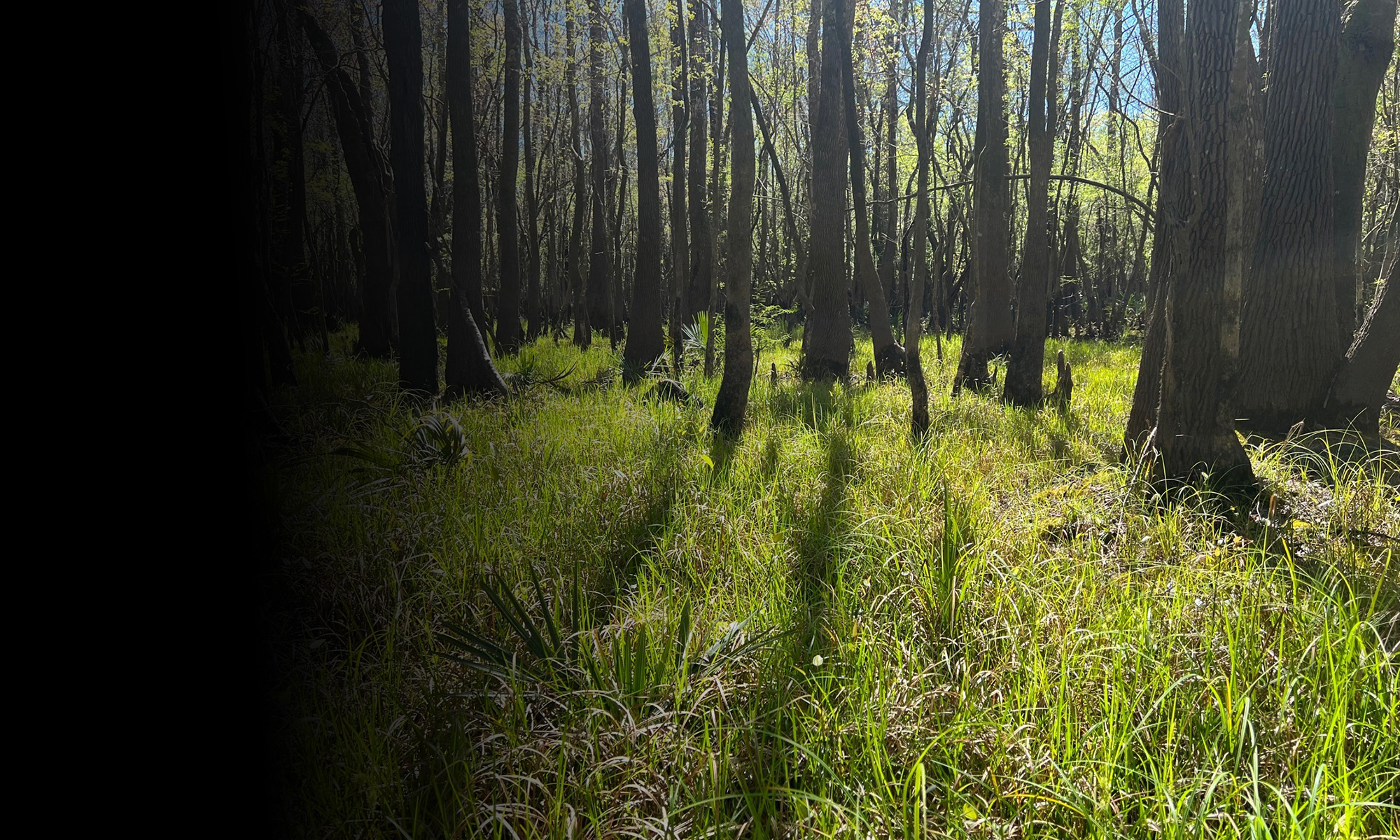

Kite Hammock
Kite Hammock is a 5,274-acre forest conservation project located in Florida, United States registered under the Improved Forest Management (IFM) methodology from the American Carbon Registry (ACR).
Project Overview
Project ID: ACR509
Standard: ACR standard v6.0 (July 2019)
Methodology: IFM (Version 1.3, April 2018)
Project start date: September 9, 2017
Current validation and verification body: S&A Carbon, LLC
The project is composed of a mature bottomland hardwood forest that was historically part of a harvest rotation in the West Central Florida region known as the Nature Coast. A conservation easement limits annual harvest rates to 15% of the forestland area per year, but the current landowners deemed the project lands to have exceptional environmental benefits and agreed to voluntarily forego harvest. This decision preserves the integrity of the hardwood structure and watershed that’s home to a multitude of flora and fauna, including the nesting habitat of the swallow-tailed kite. Approximately one-third of the property is classified as swamp or similar, which is typical for the region, and these acres are seasonally underwater. Hardwood pulpwood makes up a large portion of inventory (approx. 85%), while the upland acreage is mostly suitable for pine, with a species mix of 80% loblolly and 20% slash pine. Manulife Investment Management is foregoing hardwood harvests allowable under the existing conservation easement for the purposes of conservation and carbon capture. The project allows the forest to grow toward a climax community with a closed canopy of a mature, intact ecosystem. Live tree stocks were modeled in the Forest Vegetation Simulator (FVS), a group of forest growth simulation models developed by the U.S. Forest Service, for the initial period of 2017 to 2037. The start date tree list was grown forward with FVS with non-management applied for a period of 20 years.
Co-benefits
- Improved water quality to the regional watershed, flood protection, and storm resiliency
- Wildlife corridor protection for flora and fauna species, including Florida black bear, wood stork, roseate spoonbill, swallow-tailed kite, and gopher tortoise
- Feasibility of co-benefit certification under assessment
Important Information
Improved Forest Management (IFM) under ACR is an activity that involves forest management practices that increase on-site stocking levels beyond a business-as usual scenario. ACR IFM projects have a crediting period of 20 years (which can be renewed), and a minimum project term of 40 years. Source: ACR Carbon
Available Credit Volumes

For additional information on our carbon projects, please reach out to our team.
Contact us4204567
